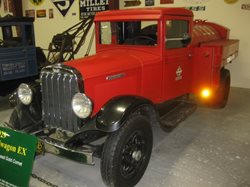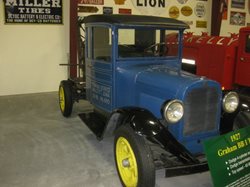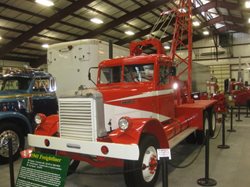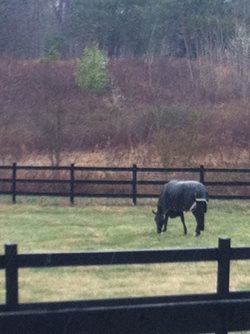
 Over one hundred and fifty years ago, cities of the western world were in peril from horses which were used as the main source of transportation. The people faced pollution problems back then as we do today. Much effort is placed upon reducing particulate matter and pollution, which is generated as a byproduct from operating an internal combustion engine.
Over one hundred and fifty years ago, cities of the western world were in peril from horses which were used as the main source of transportation. The people faced pollution problems back then as we do today. Much effort is placed upon reducing particulate matter and pollution, which is generated as a byproduct from operating an internal combustion engine.
Many people complain today and demonize automobiles and trucks for polluting our cities and urban areas. What would we do if we went back to older modes of transportation? I don’t think we want to go back to the days of using the horse and mule and I’ll explain why. I did some research and here is what I found.
 In the 1820’s many horses were used to pull the stage coach and omnibuses for travel within cities. Then, omnibuses were replaced by street railways with the cars pulled by horses and mules.
In the 1820’s many horses were used to pull the stage coach and omnibuses for travel within cities. Then, omnibuses were replaced by street railways with the cars pulled by horses and mules.
There were a tremendous number of horses and mules crammed into cities along with all the people. Each horse ate approximately a ton and a half of oats and a half ton of hay per year. Therefore, the people had a particulate matter of a different form to deal with. A horse produced between 15 and 30 pounds of manure and a quart of urine per day. In 1880 a census in New York City revealed that they had 150,000 to 175,000 horses, which produced 3 to 4 million pounds of manure and approximately 40,000 gallons of urine on the streets and in stables.
When the rain came, things got quite messy. The streets became swamps of muck with a cocktail mixture of  dirt, manure and urine. The people had no choice but to get the mixture on their shoes and clothing. When dry, manure would take on the form of dust. This dust would blow onto people’s face, clothing and into open windows.
dirt, manure and urine. The people had no choice but to get the mixture on their shoes and clothing. When dry, manure would take on the form of dust. This dust would blow onto people’s face, clothing and into open windows.
The smelly manure would pile up along the streets and in vacant spaces. The manure bred billions of flies, which carried various diseases. Breathing the dust caused respiratory problems. When horses died or were injured, they were left to rot or pushed into streams or canals. Imagine your children playing in the streets and streams among this filth.
Horses do not come with antilock brakes or stability control. In fact, they have a mind of their own, which allowed them to be spooked easily. Horses would run away, kick and bite people. This  caused many accidents and deaths for the people and horses. Therefore, the fatality rate back then was higher than it is today.
caused many accidents and deaths for the people and horses. Therefore, the fatality rate back then was higher than it is today.
The internal combustion engine was the answer and solution to the horses, muck, dust and flies. Karl Benz invention of the automobile was praised for having saved the environment. From then on, the car and truck became the primary mode of transportation.
After doing my research, it’s given me a newfound appreciation for the modern day, clean technology of the Detroit Diesel DD15 engine with Blue Tec SCR emissions technology. When I look at the fact that today it would take 65 trucks to produce the equivalent pollutants of one truck in 1988, we sure have come a long way.
I don’t think we should go back to the horse as a primary source of transportation, even though it may seem “green” at a first glance.
